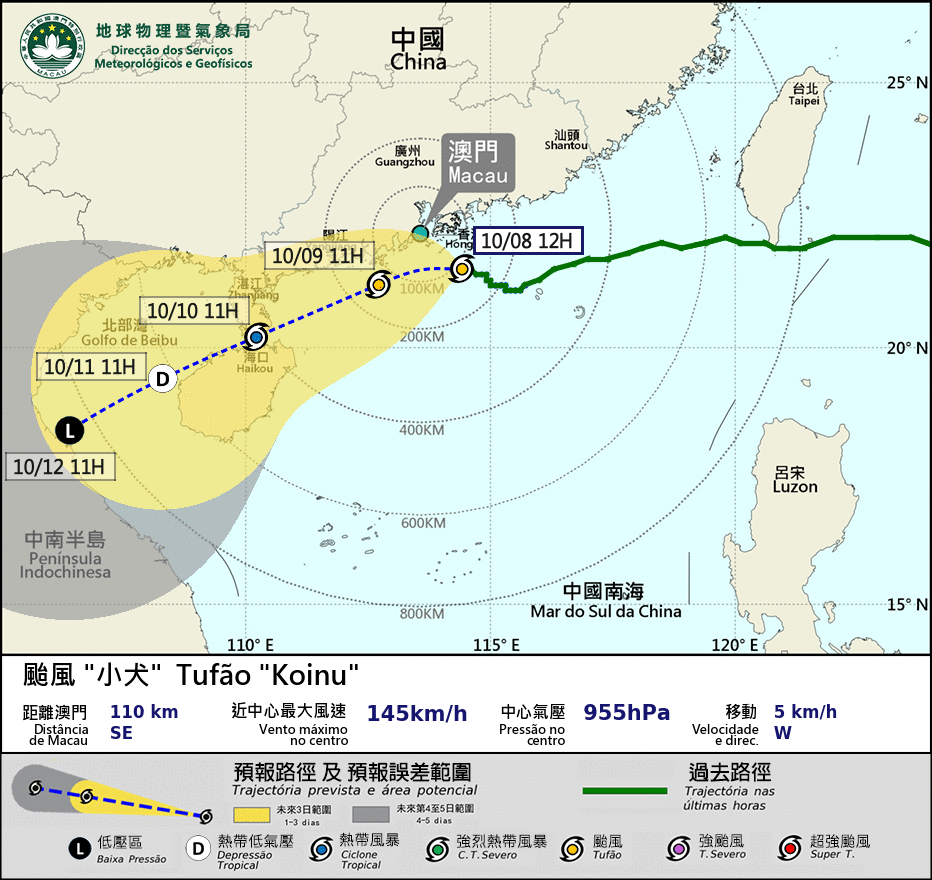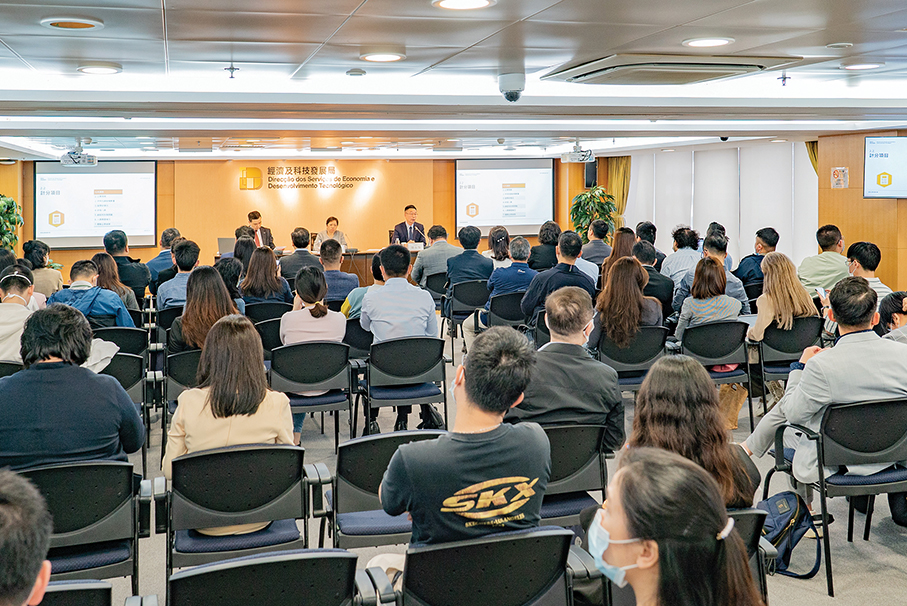Commentary
BEIJING – In a country of some 1.4 billion people, any public health issue is of significant concern, and the novel coronavirus outbreak is no exception.
From combating the initial COVID-19 outbreak in Hubei province more than two years ago to the ongoing battle against the highly contagious Omicron variant, China has always adhered to a stringent approach to stamping out infections.
China's anti-epidemic experience has demonstrated that its "dynamic zero-COVID" policy is not only the best option but also the bottom line that must be maintained for the country's current epidemic prevention and control work.
Yet, the country's effective anti-pandemic efforts such as temporary lockdowns, brief closures of factories and stores, and suspension of offline classes in schools, have been repeatedly questioned by a number of Western media outlets as being excessively strict.
While it is undeniably true that halting normal production can be costly, it is also true that the virus kills.
Worldwide, the virus has claimed over six million lives. In sharp contrast, the death toll is about 5,000 on the Chinese mainland.
By pursuing the dynamic zero-COVID approach, China has managed to safeguard people's lives and well-being and has minimized the epidemic's impact on economic and social development to the largest extent.
With a huge population, China continues to face unbalanced regional development, as well as scarcity and uneven allocation of medical resources. Besides, the vaccination rates for the elderly and children are not high enough.
In mainland China, the number of those aged 60 and above, a group highly susceptible to COVID-19, is around 267 million. It is just unimaginable how many of them might have died had China not undertaken drastic efforts to combat the novel coronavirus.
The stringent anti-epidemic measures inevitably lead to short-term economic pains, but dynamic zero-COVID is overall a counter-epidemic policy that ensures economic development.
In the first quarter of 2022, China's GDP increased by 4.8 percent year on year. Against the backdrop of global inflation, domestic prices remain steady. The value of goods trade in the period rose 10.7 percent. China's major industrial firms saw their profits up 8.5 percent year on year.
As a result, it is not difficult to conclude that China's dynamic zero-COVID policy complements and bolsters the normal operation of the economy and society. The policy has woven a strong safety net for the 1.4 billion Chinese people.
– Xinhua







